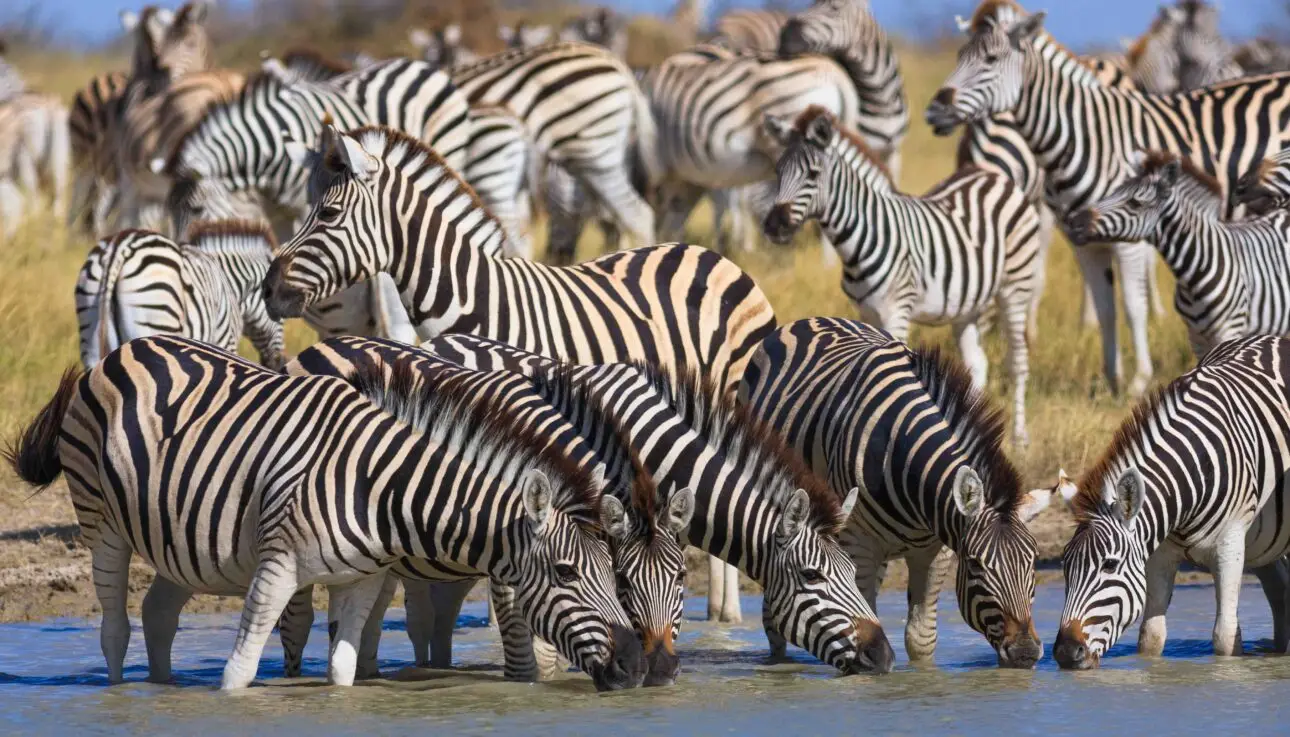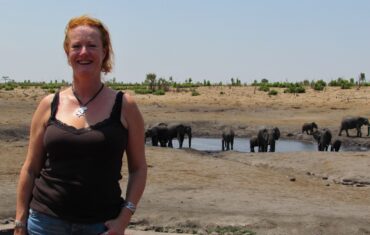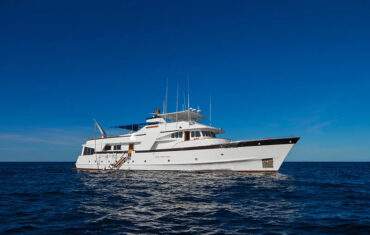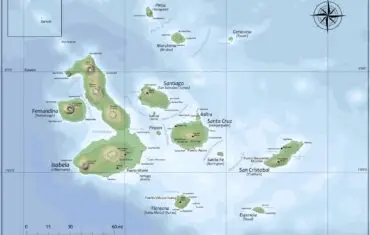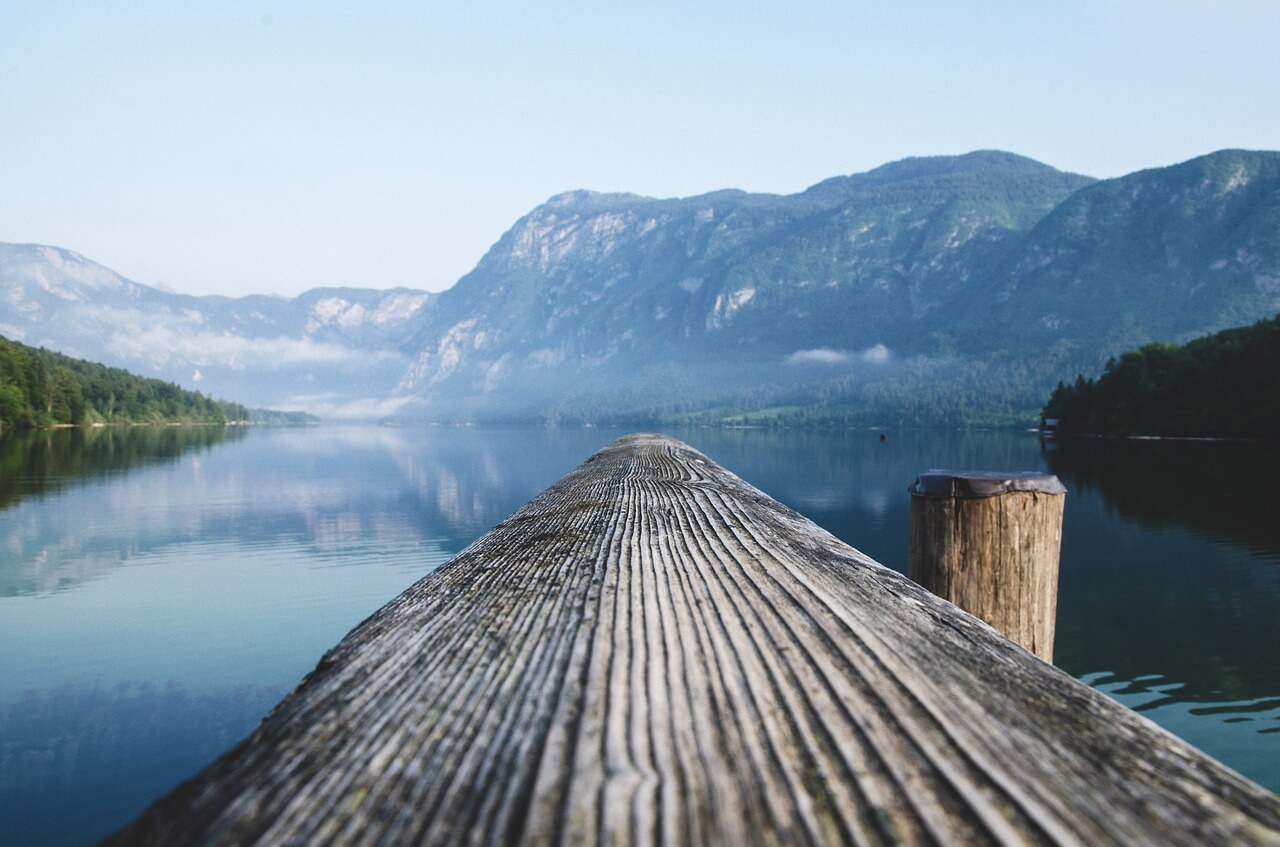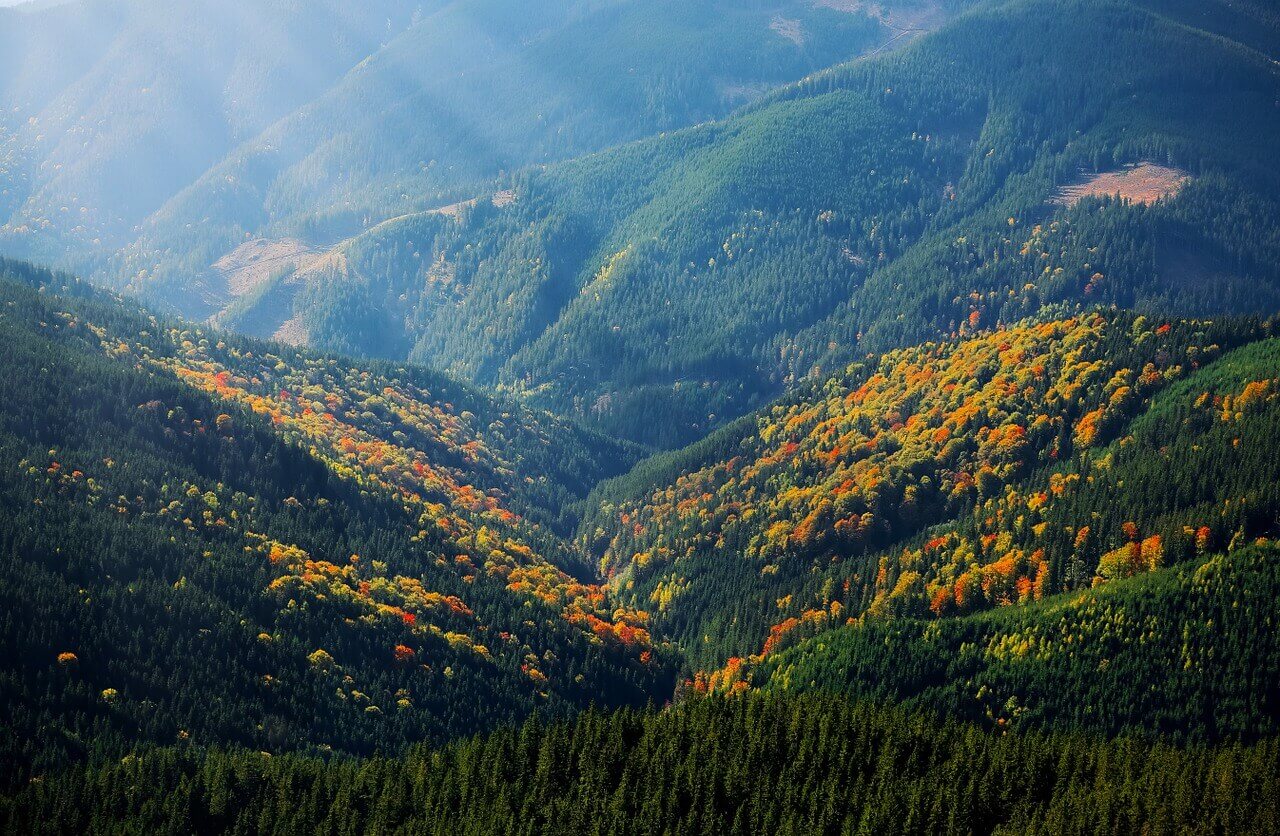Africa’s Secret Migration
Botswana is home to one of the world’s most remarkable natural events: the Great Zebra Migration.
This incredible phenomenon is barely known about! Perhaps a good thing considering the over-tourism which accompanies the more famous wildebeest migration further north. And a blessing for those who prefer spectacular wildlife viewing without the crowds.
Longest African Large Mammal Migration
In any one year around 25,000 zebras migrate from the Okavango Delta or the Chobe/Savuti areas across desert to the Makgadikgadi Pans and Nxai Pans in search of food and water. Some 20,000+ animals travel a round trip of nearly 600 kilometres.
This migration is a unique event. Not only for its sheer scale (the longest migration in Africa), but also because in terms of sheer numbers it is the second-largest large mammal migration in Africa. After the wildebeest migration in the Serengeti (where 1 million wildebeest and 200,000 zebra travel around 500 kilometres).
For the largest mammal migration in Africa (and in fact the world) see our blog about The Great Bat Migration!
Botswana’s Great Salt Pans
The Makgadikgadi Pan and Nxai Pan is a vast salt pan complex that stretches across an area of over 16,000 square kilometres in north-eastern Botswana. Parched desert and remote expanses of nothingness for most of the year, during the wet season (November to April), these pans suddenly bloom to become lush grasslands, attracting a wide variety of wildlife.
These vast salt pans were once part of a massive lake that covered much of the region thousands of years ago. Over time, the lake gradually dried up, leaving behind a series of interconnected salt pans that are some of the largest in the world.
.
A Dangerous Journey
In northern Botswana/Namibia, in the Okavango Delta and the Chobe/Savuti, the late floods of the rivers allow for food and permanent water during the dry season. However, as the dry season begins to end, the Great Zebra Migration begins. It starts sometime towards the end of the dry season, November/December. Following the instinct of their ancestors, and in search of fresh grass following the rains, the zebra start their journey. Their destination is Nxai Pan and the Boteti River, a permanent water source on the edge of the Makgadikgadi Pans.
The journey is fraught with danger! The zebra must navigate through harsh and unforgiving terrain, and avoid predators such as lions. The weak and old won’t always survive. However, despite the dangers, they are driven by a strong instinct to reach these areas which become lush and green during the wet season. Here they can drink and graze on the lush riverbanks, building up their strength for the long return journey.
Safety in Numbers
For any plains game there is safety in numbers against the waiting predators. Once the zebras reach Nxai Pan or the Boteti River, they are joined by many other animals. These include elephants, giraffes, and various antelope species, all drawn to the same water sources. The river becomes a crucial meeting point for wildlife of all kinds. Therefore creating a unique opportunity for visitors to witness an incredible spectacle of nature.
The Great Zebra Migration is not just a remarkable natural event; it is also a vital part of the ecosystem. The zebras play an essential role in maintaining the grasslands by grazing and fertilizing the soil. Their migration also helps to disperse seeds, ensuring the continued growth of the grasses. And they support the predators, who depend on the grazers to survive. Picked clean by the waiting vultures their carcasses eventually add nutrients to the soil.
Questions About Migratory ‘Instinct’
However, what I find most incredible about this event is its recent discovery. Scientists only discovered this incredible journey when studying herbivore movements in the early 2000’s. When part of a herd of tagged zebra suddenly took off for the Makgadikgadi Pans, 290 kilometres away the researchers were amazed. Subsequent tagging and satellite images have revealed the enormity of this event.
What is also fascinating is that a recently dismantled wildlife control fence meant that the animals could now access areas that they had not been able to access for 36 years.
Given that the average lifespan of a zebra is 15 years, this leads to fascinating questions about whether this migratory route is somehow ‘hardwired’ into the zebra over millennia. Or perhaps they simply explored and found the pans by accident. Whatever the reason this is now an annual event and one which should be on every wildlife enthusiast’s ‘must see’ lists.
For an idea on how to view the zebra migration – check out our Nxai Pan and Okavango Delta Tailor Made Safari!
